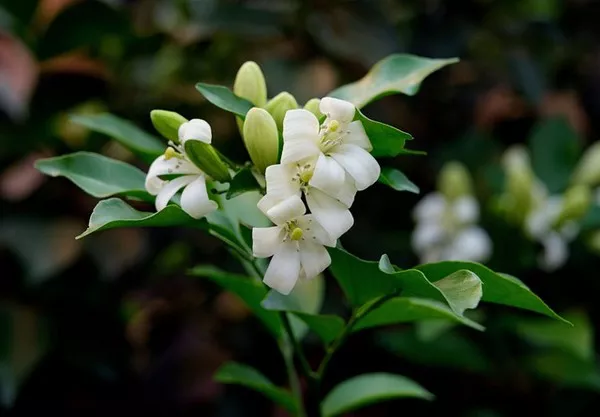September 6, 2023 – A groundbreaking study by Aarhus University and the Wildlife Institute of India reveals the crucial role played by large herbivores in safeguarding local biodiversity by controlling invasive plant species. The research, recently published in the scientific journal Nature Ecology & Evolution, highlights the potential for using these megafauna as natural deterrents against invasive plants.
Contrary to expectations, the study reveals that native plants coexisting with large herbivores are better equipped to withstand these herbivores’ presence, while invasive plant species typically cannot. This phenomenon underscores the value of large herbivores in maintaining a balance between native and invasive plant species.
The research draws its data from India, where the world’s most extensive wildlife survey using camera traps is conducted every four years, coupled with India’s comprehensive plant monitoring program.
The study focuses on mega-herbivores, animals exceeding one ton in weight, which in India include elephants, rhinos, wild water buffalo, and Indian bison, the largest and heaviest bovine globally. The research reveals a positive correlation between the presence of mega-herbivores and the equilibrium between native and invasive plant species. Regions with abundant mega-herbivores tend to have higher numbers of native plants and fewer invasive species, while areas dominated by invasive plants lack mega-herbivores.
Despite their large size, these herbivores play a pivotal role in controlling invasive plants. Their diverse diet, which includes less nutritious plants, makes them less selective and more likely to consume unfamiliar species. This helps maintain the balance between native and invasive plants.
Invasive species have been designated one of the five most significant threats to global biodiversity by the United Nations. These species, including animals, plants, and fungi, are introduced to new regions where they harm native biodiversity and impose substantial societal costs. Over the last 50 years, more than USD 120 billion has been spent worldwide on combating invasive species, with limited success.
The research team emphasizes that while mega-herbivores are ideal for controlling invasive species, smaller herbivores can also have similar effects. In Europe, for example, rewilding projects use water buffalo and Scottish Highland cattle to manage invasive plant species effectively. The flexibility of using a combination of large, medium, and small herbivores can target various invasive plants, making conservation efforts more versatile and robust.
The study’s lead author, Ninad Avinash Mungi, a postdoc at Aarhus University, underscores the importance of implementing biodiversity surveys in Europe similar to India’s extensive initiative, given Europe’s greater financial resources for nature and restoration projects.


